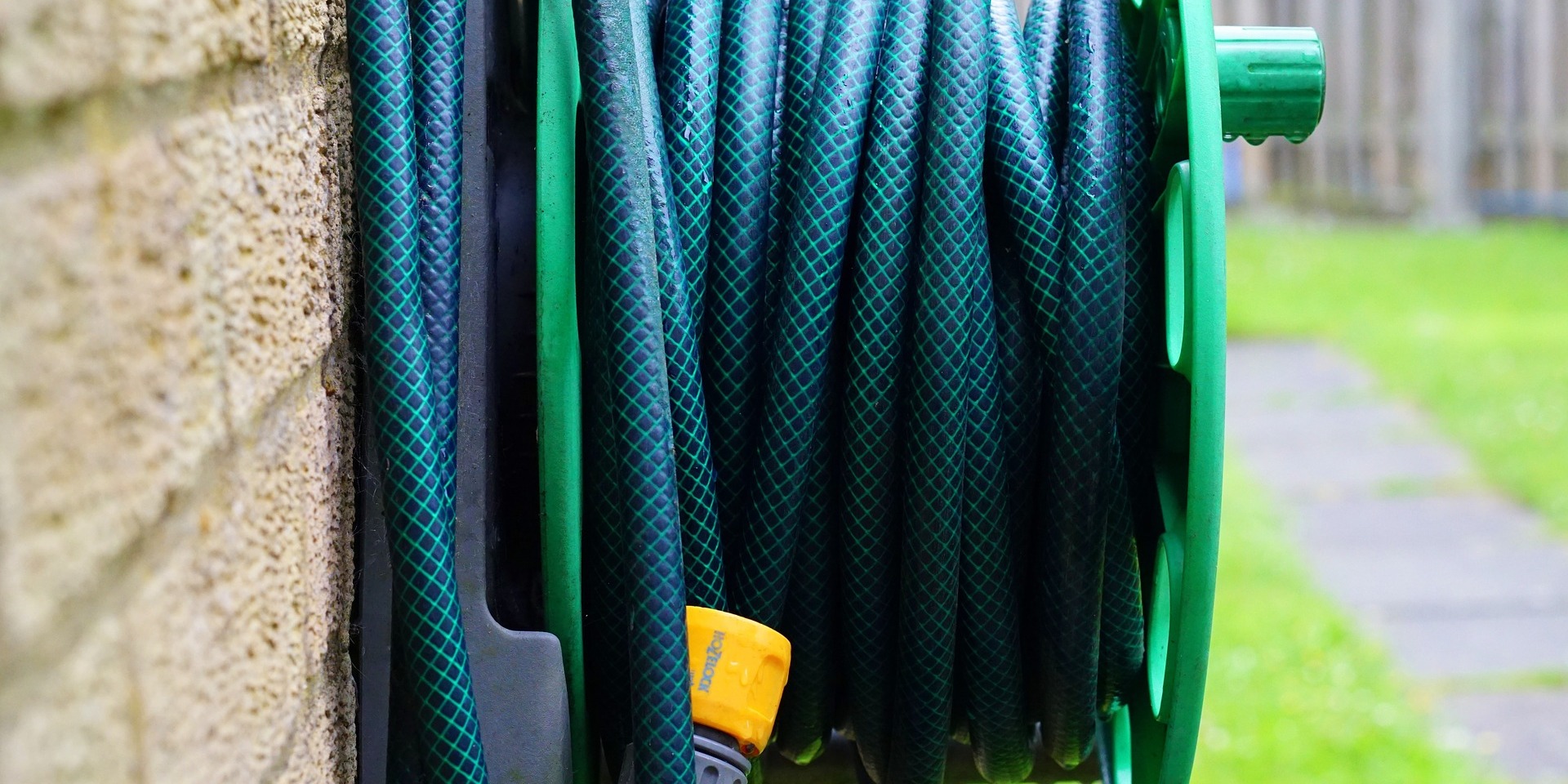5 Places you wouldn’t expect to find Legionella.
Posted on 7th January 2020
We are all familiar with news stories about outbreaks of Legionnaires’ disease in common places, but the Legionella bacteria can flourish wherever the conditions are right. There have been some rare cases in which people have contracted Legionnaires from more unusual or everyday circumstances.

Garden Water Butts
Water Butts seem a great way to collect water for the garden, but a whopping 95% of Water Butts contain the Legionella bacteria!
Take extra care when watering the garden with water that has been saved; use a watering can rather than a hose or sprinkler to avoid breathing in any potentially infected water droplets.
Hot Tubs
The optimal water temperature in a hot tub is about 36-37°C. While this is a great temperature in which people can relax, it’s also an ideal temperature for Legionella. Water steam or mist is the perfect way for the bacteria to be inhaled. It’s therefore important that owners disinfect their hot tubs properly.
Garden Hoses
In 2017, a man died after using an infected garden hose to clean his patio. The hose had been left out in the sunshine, resulting in the ideal breeding conditions for Legionella – stagnant water and a warm atmosphere. Although cases like this are rare, they do happen.

Swimming pools
Although the water temperature in swimming pools is lower than in hot tubs, Legionella can still thrive, particularly in areas where water or slime puddles accumulate. Outbreaks are more prevalent in the summer months, so if you’re in charge of a swimming pool, make sure it is regularly scrubbed and disinfected in order to decrease the likelihood of Legionella growth.
Cooling Mist
Cooling Mist is tempting, especially when it’s a very hot day. There was a case in 2017, where 22 visitors to Disneyland in California inhaled water droplets containing the disease.
As you can see, Legionella can thrive in many different situations. If you’re unsure about the safety of your water system, get in touch with a professional who can assess the level of risk and make suggestions to help you reduce the risk of Legionella.
Tagged as: Home, Legionella
Share this post:


